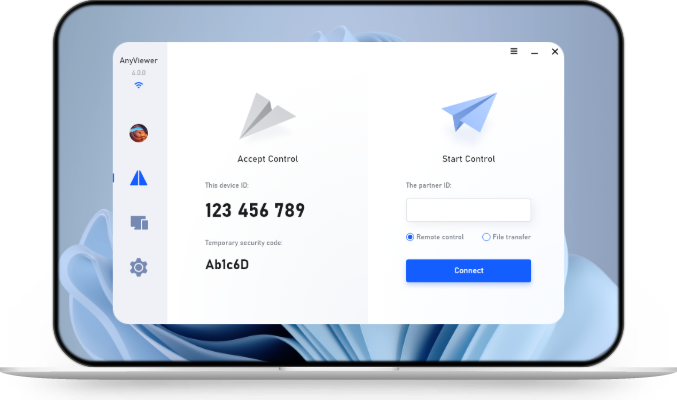Enable Two-Factor Authentication in Remote Desktop Software: A Step-by-Step Guide
Discover how to enable two-factor authentication in remote desktop software effortlessly. Troubleshoot common issues and explore AnyViewer as a secure alternative. Your ultimate guide to enhancing remote access security.
Introduction
In today's digital age, securing your remote access is paramount. Two-factor authentication (2FA) adds an extra layer of protection, ensuring your sensitive information stays safe. In this guide, we'll delve into the process of enabling 2FA in remote desktop software, addressing common issues, and exploring AnyViewer as a secure alternative.
Enabling Two-Factor Authentication in remote desktop software
Overview of remote desktop software
Before we dive into the steps, let's briefly understand what remote desktop software is. Remote desktop software is a powerful application that allows seamless access to your computer from anywhere. As we embrace the convenience it offers, ensuring the security of this access becomes crucial.
Step-by-Step Guide on Enabling 2FA
Step 1. Accessing Remote Desktop Software Settings
Begin by opening remote desktop software and navigating to the settings menu. This is typically located in the top-right corner of the interface. Click on it to reveal a dropdown menu.
Step 2. Navigating to Security Options
Within the settings, find the 'Security' tab or options. Here, you'll encounter various security-related settings. Locate and select the 'Two-Factor Authentication' option.
Step 3. Enabling Two-Factor Authentication
Once you've accessed the 2FA settings, toggle the switch to enable it. You might be prompted to enter your password for verification. Follow the on-screen instructions to complete the setup.
Troubleshooting Two-Factor Authentication Issues
Common Problems Users Face
While 2FA enhances security, users might encounter issues. Common problems include difficulty accessing codes, codes not working, or being locked out.
Solutions to Resolve 2FA Not Working
If you find yourself facing 2FA issues, worry not. Check your device's time settings, ensure the correct mobile number is linked, and verify your internet connection. If problems persist, reach out to remote desktop software's support for assistance.
AnyViewer as remote desktop software
Highlighting AnyViewer's Features
AnyViewer stands out as a reliable alternative to remote desktop software. It boasts features like cross-platform access, file transfer, and remote desktop control. Its intuitive interface makes it a preferred choice for many users.
Comparing Security Aspects
While both remote desktop software and AnyViewer prioritize security, AnyViewer employs robust encryption protocols, providing an extra layer of protection. Users seeking a trustworthy alternative with advanced security features can confidently opt for AnyViewer.
Conclusion
In conclusion, enabling two-factor authentication in remote desktop software is a proactive step toward securing your remote access. Troubleshoot issues promptly, and consider alternatives like AnyViewer for enhanced security. Your digital safety is in your hands—empower yourself with the right tools.
FAQs
Q: How often should I update my 2FA settings on remote desktop software?
A: It's advisable to update your 2FA settings regularly, at least every three to six months, to ensure maximum security.
Q: Can I use 2FA on multiple devices with remote desktop software?
A: Yes, remote desktop software allows you to use 2FA on multiple devices for added flexibility and convenience.
Q: Is AnyViewer free to use, and does it offer two-factor authentication?
A: AnyViewer offers both free and paid versions. Yes, it also provides two-factor authentication for an extra layer of security.

